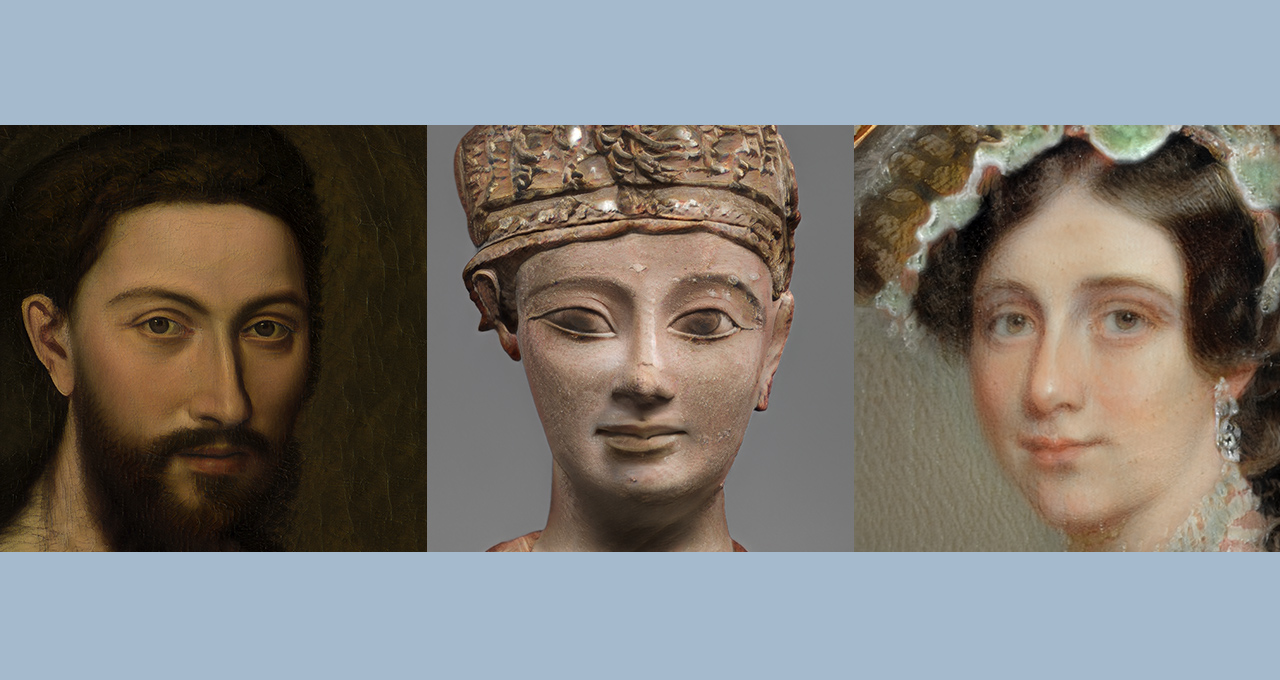 AI
AI
 AI
AI
 AI
AI
Nvidia Corp.’s scientific research team has come up with way to train artificial intelligence models using just a fraction of the study material that’s normally required.
The new method, announced today, involves applying a special training technique to the popular Nvidia StyleGAN2 neural network that’s used to train AI-based image generators. With the technique, researchers reduced the number of images used to train AI models by 10 to 20 times while still achieving excellent results.
In one example, they trained an AI model that generated artwork emulating some of the world’s most renowned painters. Another recreated images of cancer tissue after being trained on less than 1,500 images.
Nvidia’s open-source StyleGAN2 is a so-called generative adversarial network that has been used to train various AI models, including the AI painting app GauGAN, a game engine mimicker called GameGAN, and a pet photo transformer known as GANimal. It consists of two cooperating networks, including a generator that creates synthetic images, and a discriminator, which learns what realistic images should look like based on the training data.
Just like other neural networks, StyleGAN follows a basic principle that the more training data it’s fed, the more efficient the AI model it creates will be. The discriminator coaches the generator, giving it pixel-by-pixel feedback to help make the synthetic images it produces be more realistic. But if StyleGAN only has limited training data to learn from, the discriminator can’t help the generator realize its full potential.
Training a high-quality GAN usually takes 50,000 to 100,000 training images, Nvidia said in a blog post. But in many cases, researchers don’t have that many sample images on hand.
It’s a problem known in the industry as “overfitting,” and the usual way to get around this is with data augmentation. That’s a technique used to expand datasets using copies of existing images that have been randomly distorted in order to force the AI model to generalize more. But the problem is that data augmentation often results in an image generator that can only mimic those distortions, rather than come up with believable synthetic images.
That’s what Nvidia’s researchers set out to fix with their new Adaptive Discriminator Augmentation technique. The ADA method applies data augmentation adaptively, which means the amount of distortion is adjusted at different points in the training process. Nvidia said this technique helped the StyleGAN2 neural network to learn using an order of magnitude fewer images.
The researchers came up with some stunning results, including one version of StyleGAN2 that produced an entirely new style of manga based on the illustrations of renowned Japanese artist Osamu Tezuka. StyleGAN2 was also applied to rare art from the Paris-based AI art collective Obvious, in order to create a model that generates unique African Kota mask images. And Adobe Inc. has used StyleGAN2 to create a new AI tool for its popular Photoshop software that’s called Neural Filters.
Those examples all appear quite impressive, but Nvidia said the real potential of the ADA technique could be in healthcare. The problem is there are very few existing medical images of certain types of rare diseases, including some cancers, because most tests and scans come back normal. So it’s extremely difficult to train an AI that could help physicians detect those diseases.
“These results mean people can use GANs to tackle problems where vast quantities of data are too time-consuming or difficult to obtain,” said David Luebke, vice president of graphics research at Nvidia.
Nvidia said the ADA technique could help to fill the gap by generating additional training data for AI models that can then spot rare cancers and other conditions on pathology images or MRI studies. There’s an added bonus too, because the AI-generated data means there are no patient data or privacy concerns, Nvidia said. That means healthcare institutions will be better able to share data among each other.
Nvidia said it will present a research paper on the technique at the annual Neural Information Processing Systems, or NeurIPS, a virtual conference taking place this week.
Support our mission to keep content open and free by engaging with theCUBE community. Join theCUBE’s Alumni Trust Network, where technology leaders connect, share intelligence and create opportunities.
Founded by tech visionaries John Furrier and Dave Vellante, SiliconANGLE Media has built a dynamic ecosystem of industry-leading digital media brands that reach 15+ million elite tech professionals. Our new proprietary theCUBE AI Video Cloud is breaking ground in audience interaction, leveraging theCUBEai.com neural network to help technology companies make data-driven decisions and stay at the forefront of industry conversations.